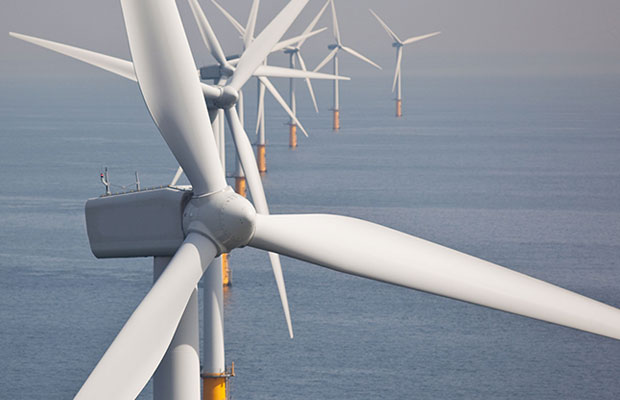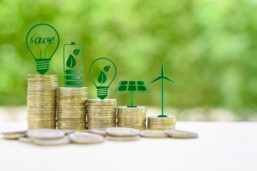
After a decade when it has been left playing catch up with Solar, thanks to the swift reduction in costs seen with Solar, Wind energy might yet see better days, as costs come down further. According to an article published in the journal Nature Energy, a recent global survey of 140 wind energy experts conducted by researchers at Lawrence Berkeley National Laboratory and Erin Baker, University of Massachusetts Amherst, predicts that the cost of wind energy will reduce significantly by 2050, owing to the continuing technological and commercial advancement in the industry. Under a “best guess” (or median) scenario, about 17 to 35 percent reduction is expected by 2035, and around 37 to 49 percent by 2050, the reasons for which, as per the experts, range from bigger and more efficient turbines, to lower capital and operating costs, to other possible advancements.
The study, which was conducted under the aegis of the IEA Wind Technology Collaboration Programme, also received contributions from the National Renewable Energy Laboratory, the U.S. Department of Energy, and a great many other advisors.
The survey offers insights on possible amount and cause of these reductions, anticipated technology trends, and grid-system value-enhancement measures, and centres around three wind applications: onshore (land-based) wind, fixed-bottom offshore wind, and floating offshore wind.
Ryan Wiser, senior scientist at Berkeley Lab, says, “Wind has experienced accelerated cost reductions in recent years, both onshore and offshore, making previous cost forecasts obsolete. The energy sector needs a current assessment.. Our ‘expert elicitation’ survey complements other methods for evaluating cost-reduction potential by shedding light on how cost reductions might be realised and by clarifying the important uncertainties in these estimates.”
Interestingly, there might even be a 10% chance that reductions in the levelised cost of energy, which is impacted by five factors: up-front capital cost, ongoing operating costs, capacity factor, project design life, and cost of financing, will be down 38%–53% by 2035 and 54%–64% by 2050. All the same, these projections are also riddled with uncertainty, as attested to by the range in expert views and by the ‘high cost’ scenario in which cost reductions are comparatively low.
Among technological improvements bringing down costs, turbine size is a significant one. In the case of onshore turbines, rotor diameters and hub heights are expected to get enlarged, generating 5.5 MW on average in 2035, as opposed to 2.5 MW in 2019. Offshore wind turbines would be even larger, producing 17 MW on average in 2035, as opposed to 6 MW in 2019. 25% of new offshore projects are expected to depend on floating offshore wind.
Erin Baker, the lady with an illustrious CV- the associate dean for research and graduate affairs in the College of Engineering, a professor in industrial engineering and operations research, the director of the Wind Energy Fellows program and the faculty director of The Energy Transition Initiative at UMass, believes that it is time to take offshore industry seriously in the US. She says, “The Biden administration is taking great strides in this direction, by coordinating and fast-tracking the federal approval process. If states and local jurisdictions follow suit, we can get steel in the water and take advantage of the lowering costs to start fighting climate change.”
Co-author Joachim Seel argues, “Analysts, investors, planners, and policymakers should avoid outdated assumptions and forecasts,” and believes that wind energy will have a bigger role in global energy supply in the future. It is advisable, however, to consider the aforementioned uncertainties while making decisions pertaining to planning, investment, research, etc.





























